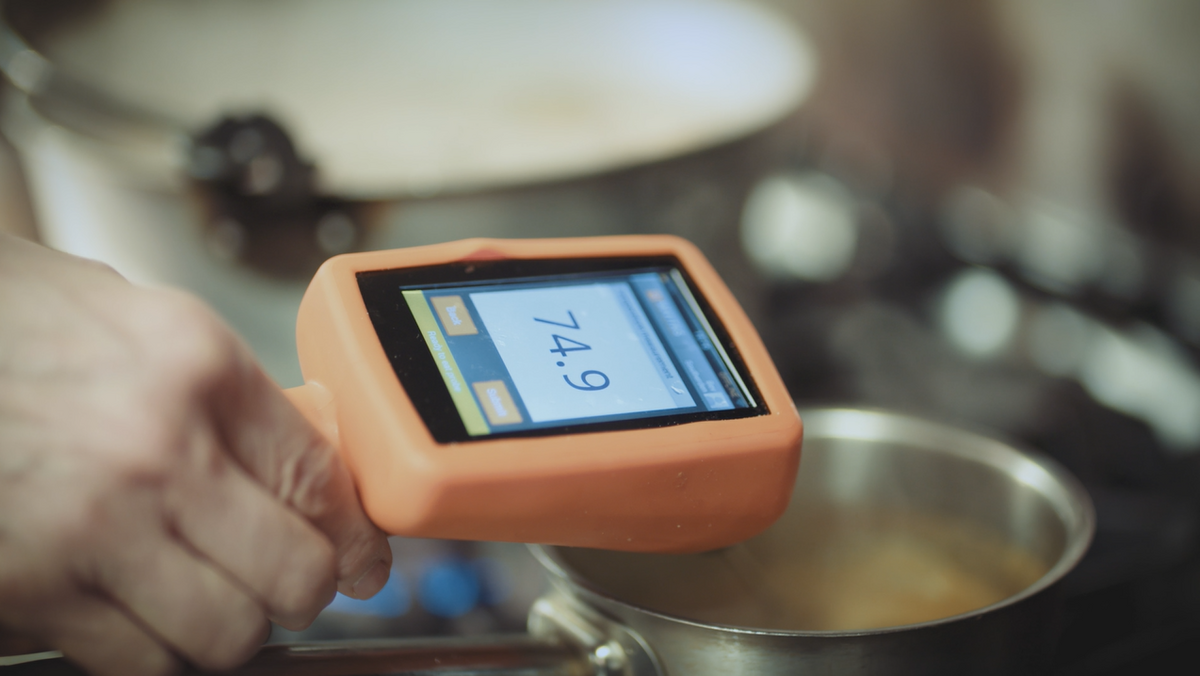Love it or loathe it, Halloween is now the UK’s second most popular family occasion after Christmas. It’s an annual spectacle that the hospitality industry has slowly but surely got behind with themed events, promotions and menus proving a great way to attract customers and create a memorable experience.
As Halloween 2019 looks set to be bigger than ever, the food safety experts at Navitas Group are urging food businesses to follow these stringent food safety tips and make sure that Halloween event doesn’t become a nightmare.
- Check all deliveries of food as they arrive — especially foods that are chilled or frozen — and reject any that are not temperature compliant or have overly soiled food and packaging. If food has remained at too high a temperature for too long whilst in transit, or if the packaging has been damaged or opened, harmful bacteria could be thriving. Take temperature readings using a temperature probe with an infrared needle which means readings can be taken without having to open the packaging.
 Avoid cross-contamination by ensuring the stringent segregation of raw and ready to eat foods during storage and all stages of preparation, including using separate preparation boards, utensils and surfaces for raw and ready to eat foods.
Avoid cross-contamination by ensuring the stringent segregation of raw and ready to eat foods during storage and all stages of preparation, including using separate preparation boards, utensils and surfaces for raw and ready to eat foods.
- Thoroughly wash fruit and vegetables intended to be eaten raw. Best practice here would involve using a fresh produce wash, which is more effective than using plain water.
- Chilled and frozen foods must be kept in temperature controlled environments to prevent the growth of bacteria. Store chilled foods at 5°C or below. Raw foods, including raw meats and unwashed vegetables, should be stored below ready-to-eat/cooked foods to prevent the spread of harmful bacteria. Fridge and food temperatures must be checked using calibrated probe thermometers or digital monitors.
- Always use foods quickly, and in any case by their use by date. Ensure all foods are piping hot, bubbling and in the case of certain meats, including poultry and pork, that there is no pink meat visible. Use opened foods within 72 hours unless the label instructions state otherwise.
- Make sure that cooked food is cooled rapidly and returned to refrigerated or frozen conditions once cooled, ideally within 90 minutes. Methods of cooling include: water baths, decanting into smaller containers, stirring frequently or placing in a cool area of the kitchen.
- Ensure food handlers wash their hands before, during and after handling food. This is especially important after the handling and preparation of raw meats and raw vegetables. Food handlers should be trained in the correct hand washing procedure.
- Ensure that all food preparation areas are maintained in a clean condition and are wiped down before and after use; ideally use an antibacterial spray after the preparation of raw meats and raw vegetables. Don’t forget the inside of refrigerators, freezers and other food storage equipment which can act as a reservoir for bacteria.
Navitas is a specialist food safety, health and safety and fire safety consultancy offering customers a free 24/7 helpline for advice from its team of qualified Environmental Health Practitioners.
For further information visit:www.navitas.eu.com.

